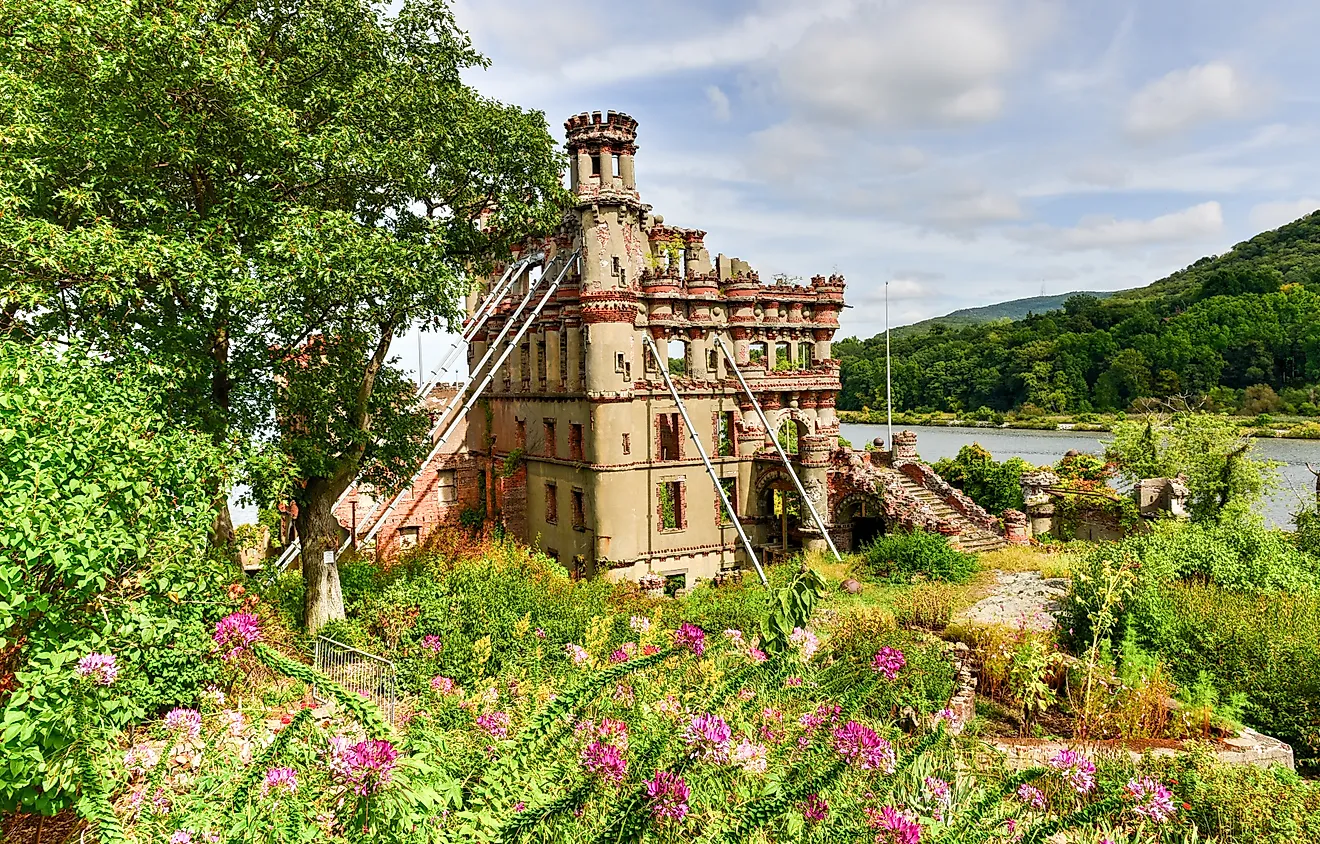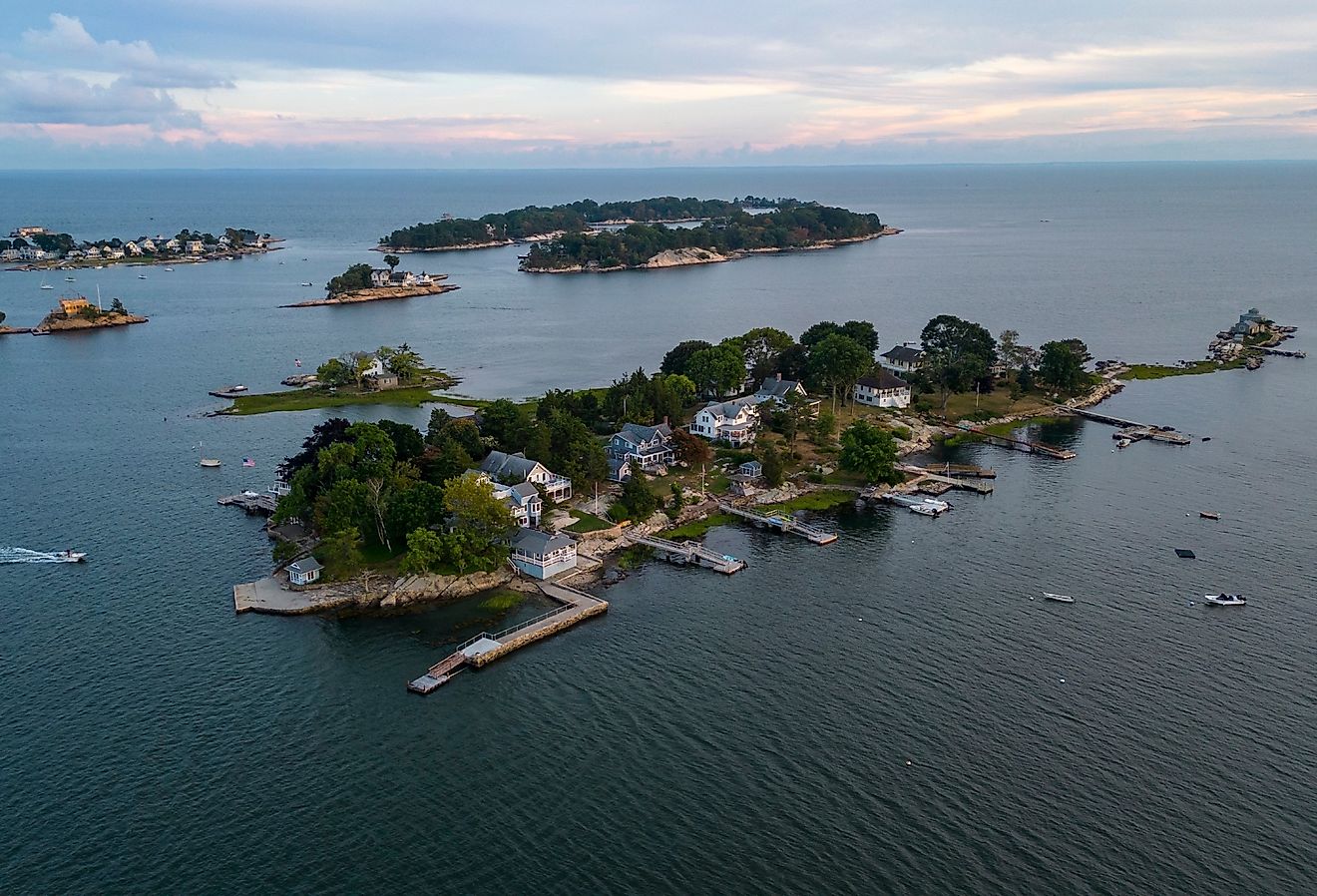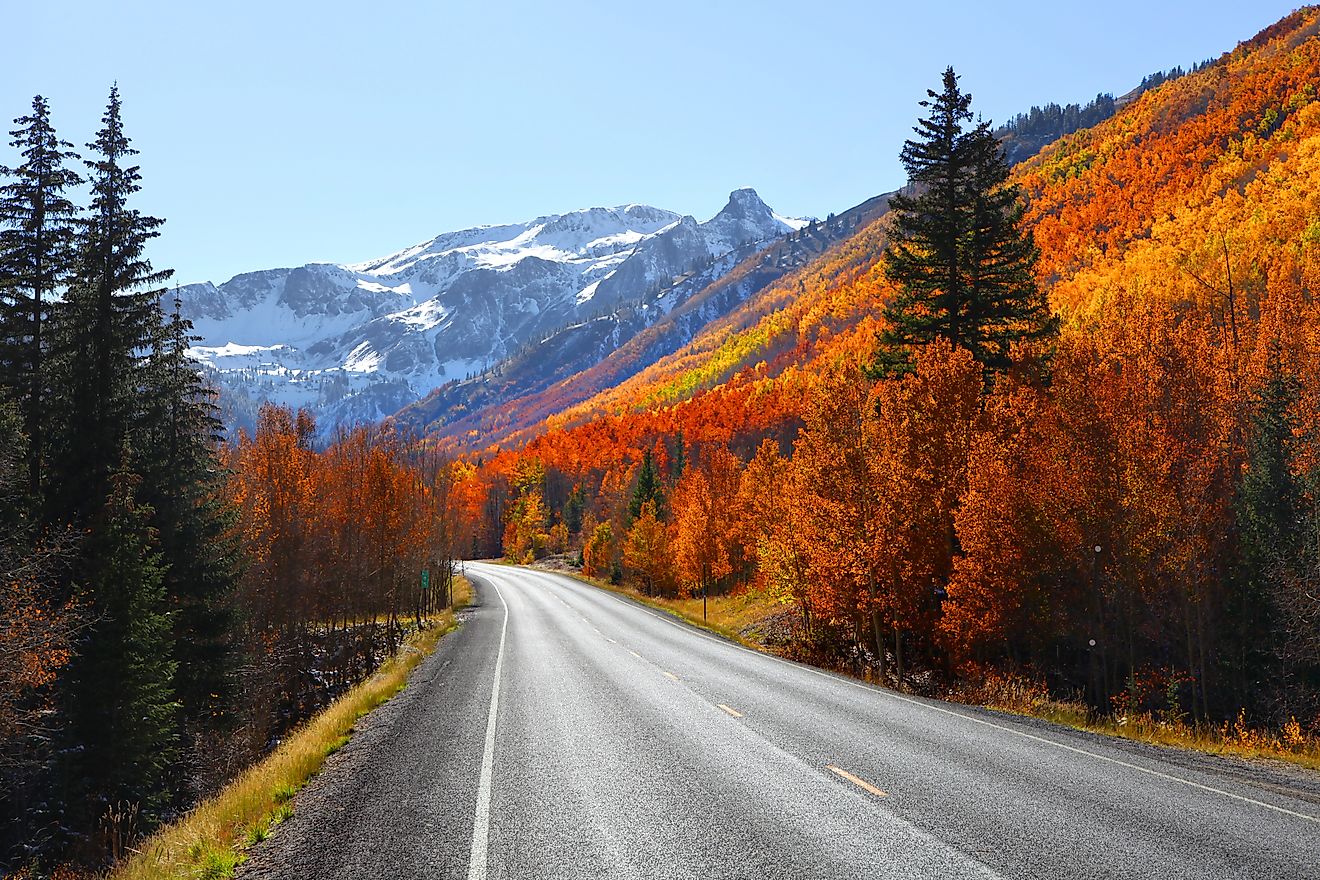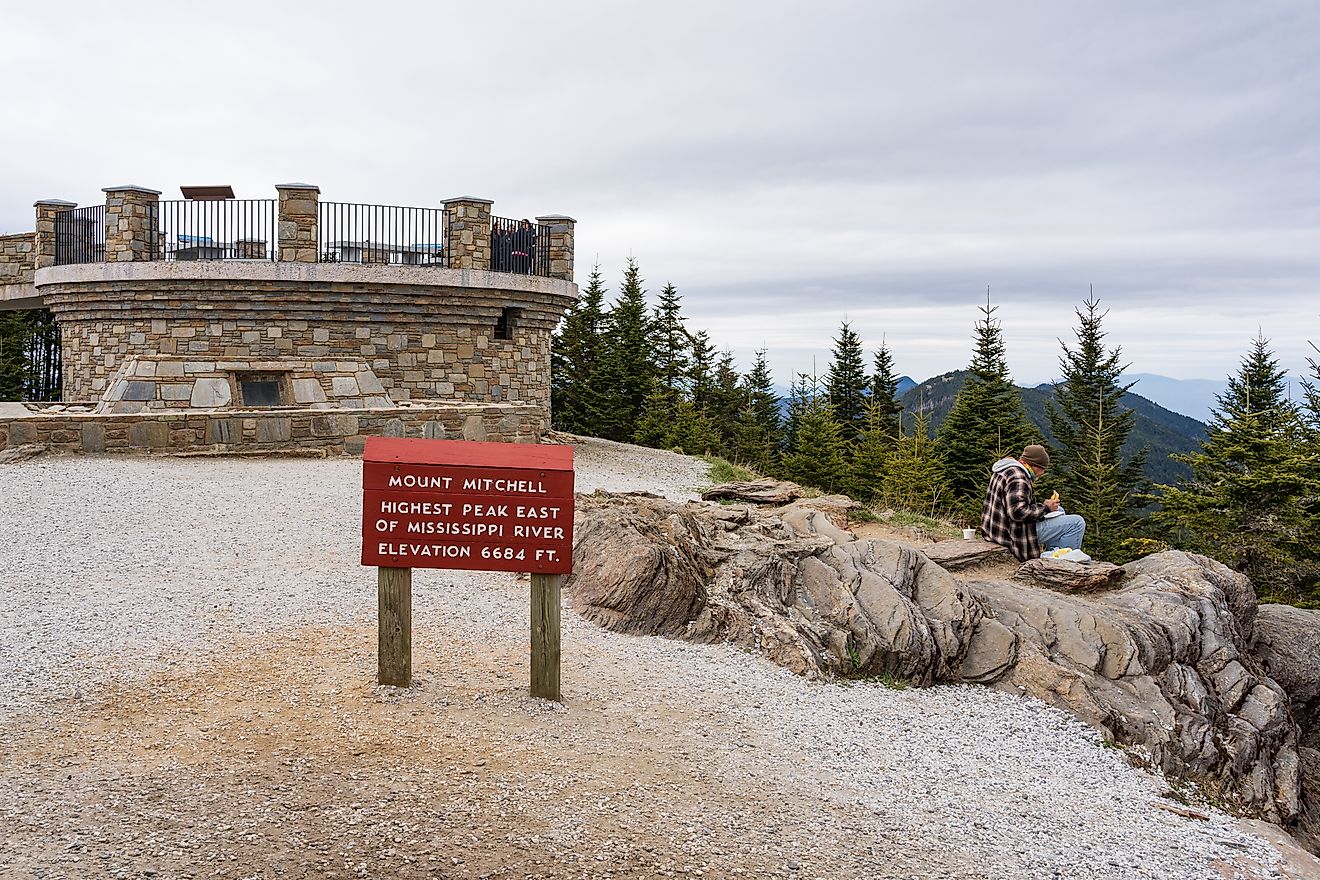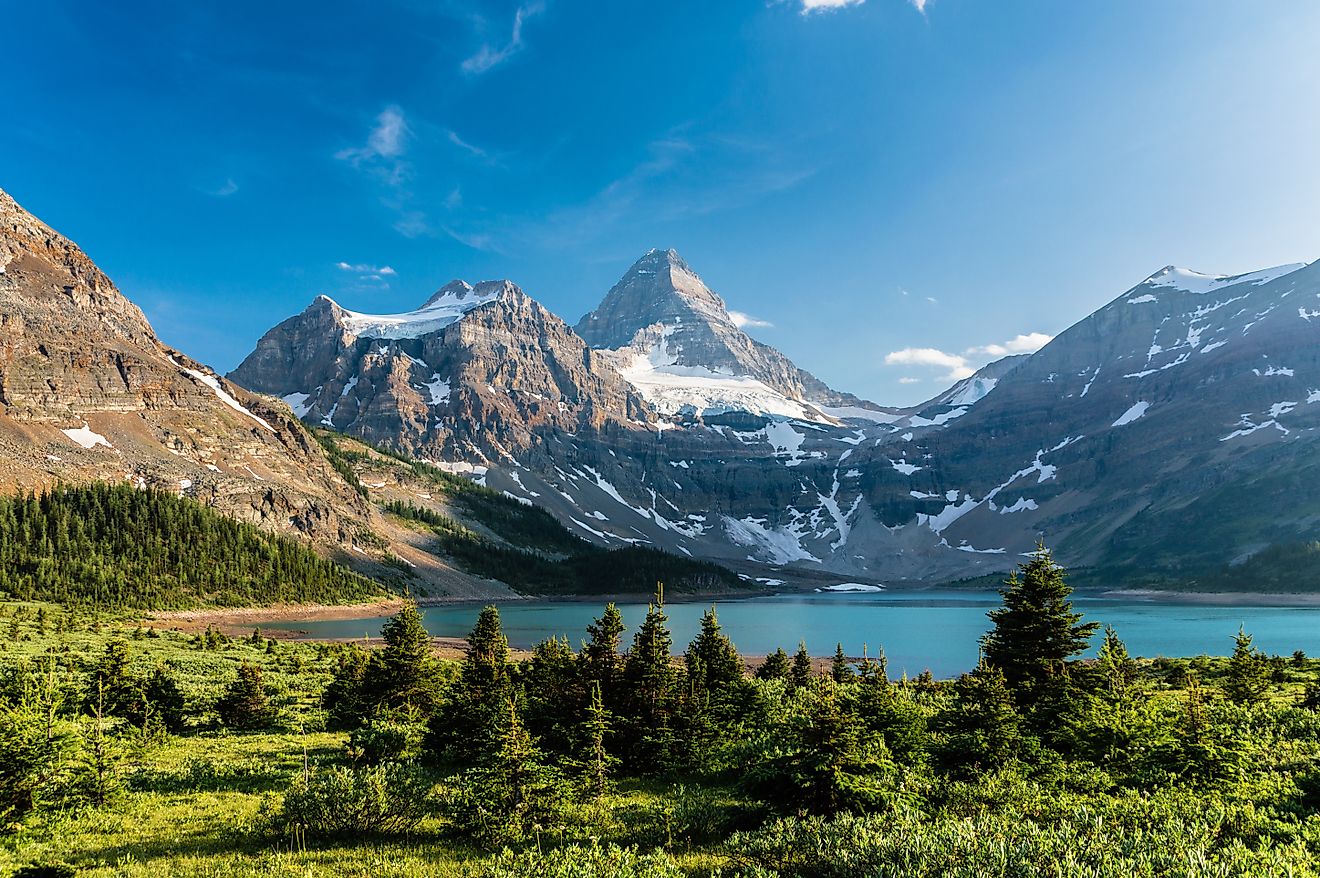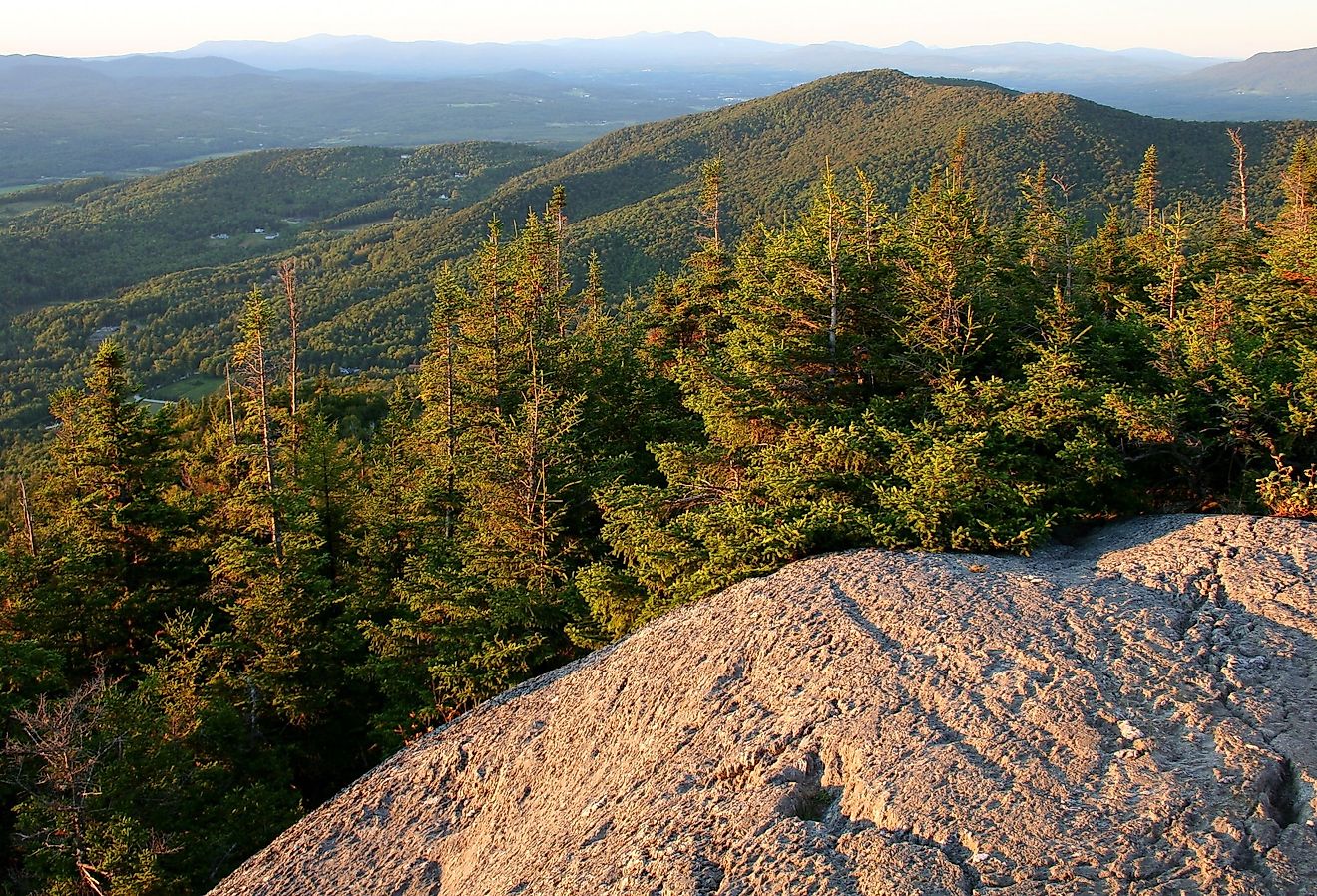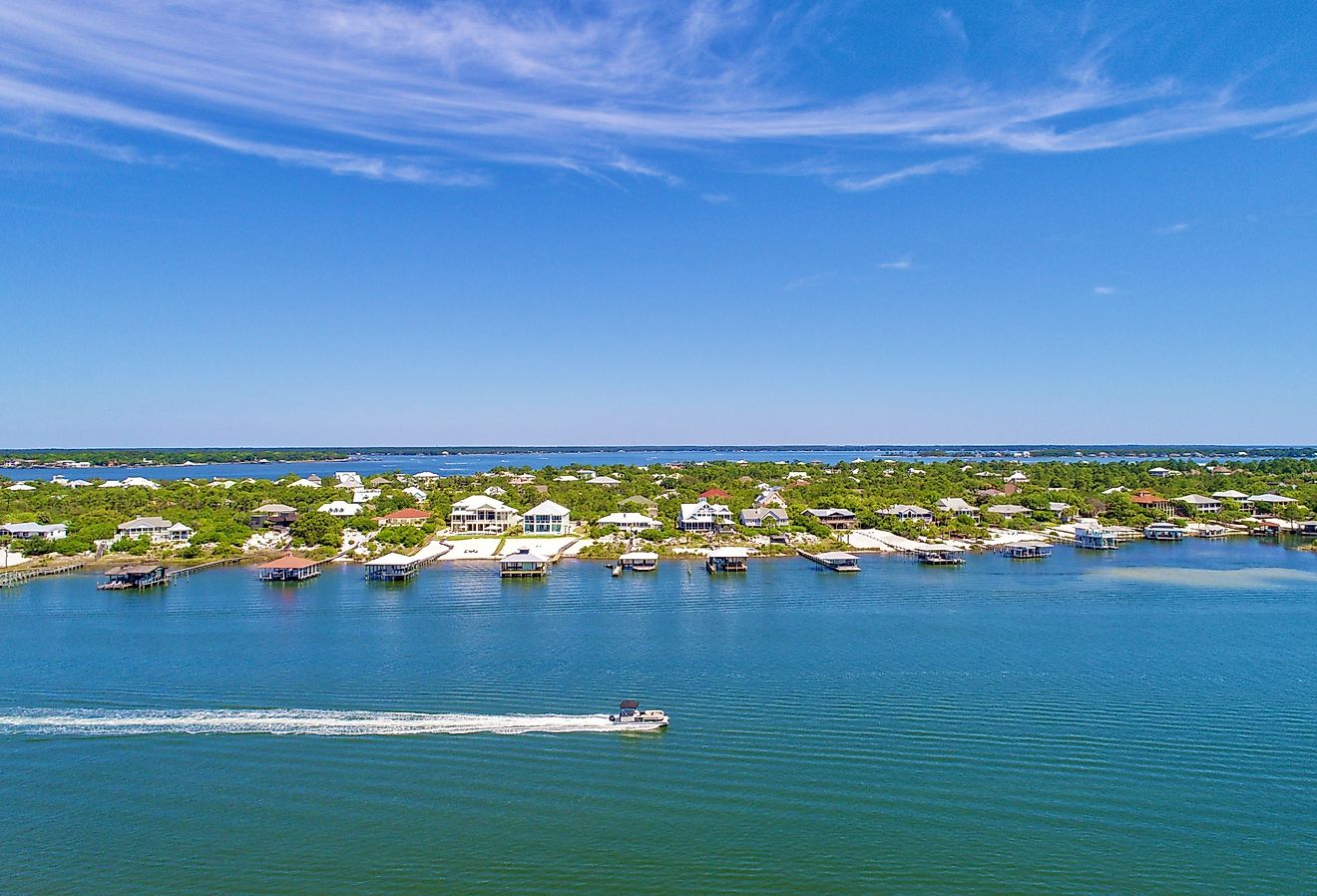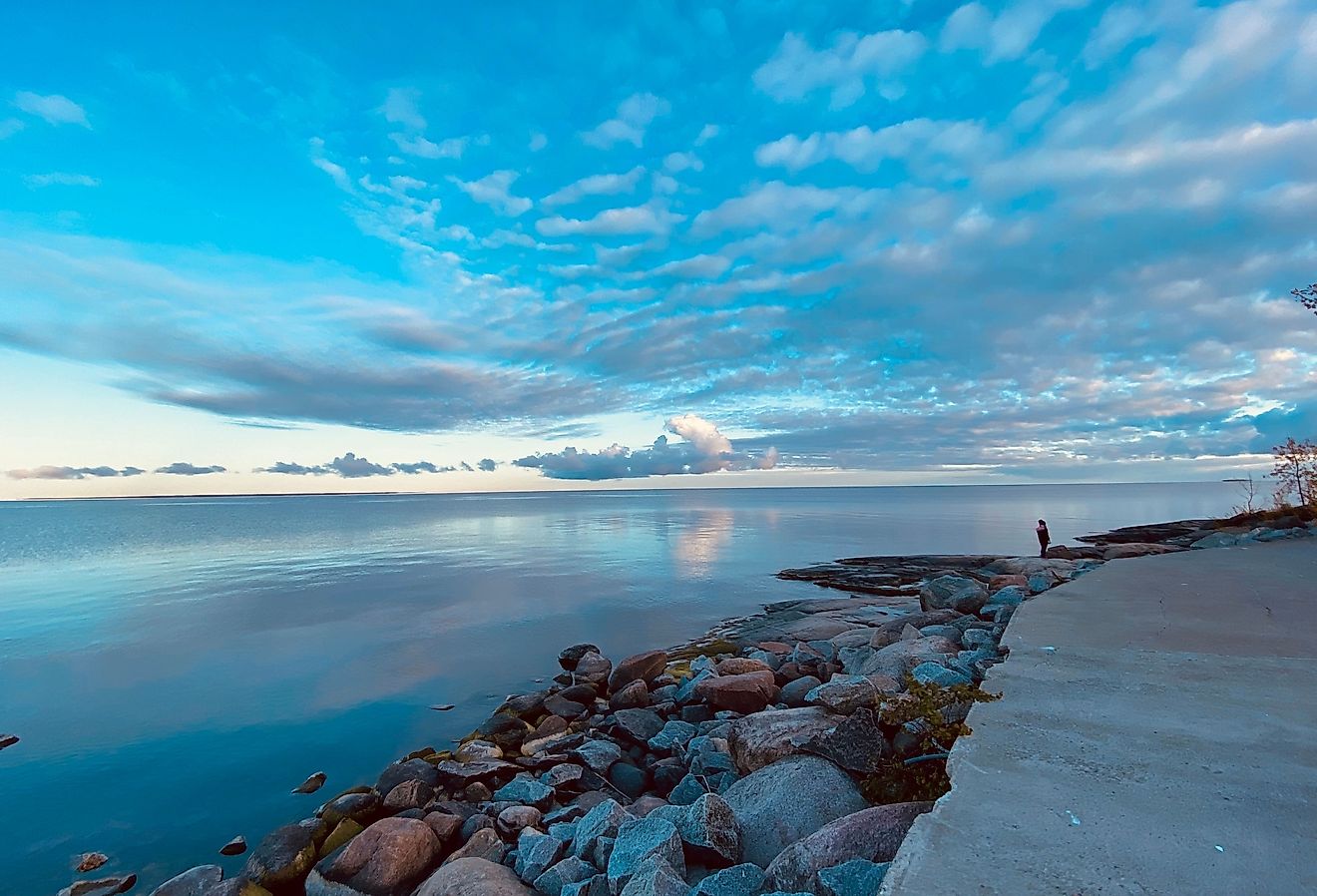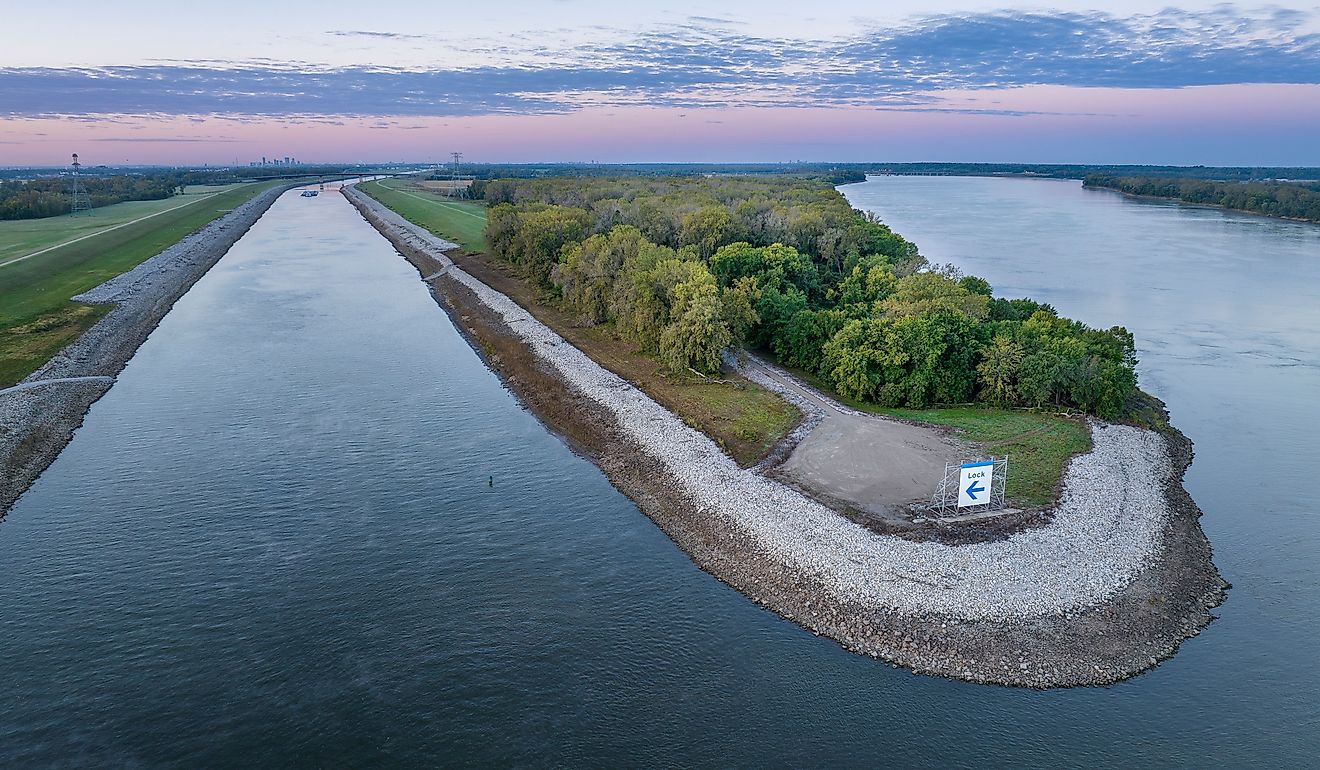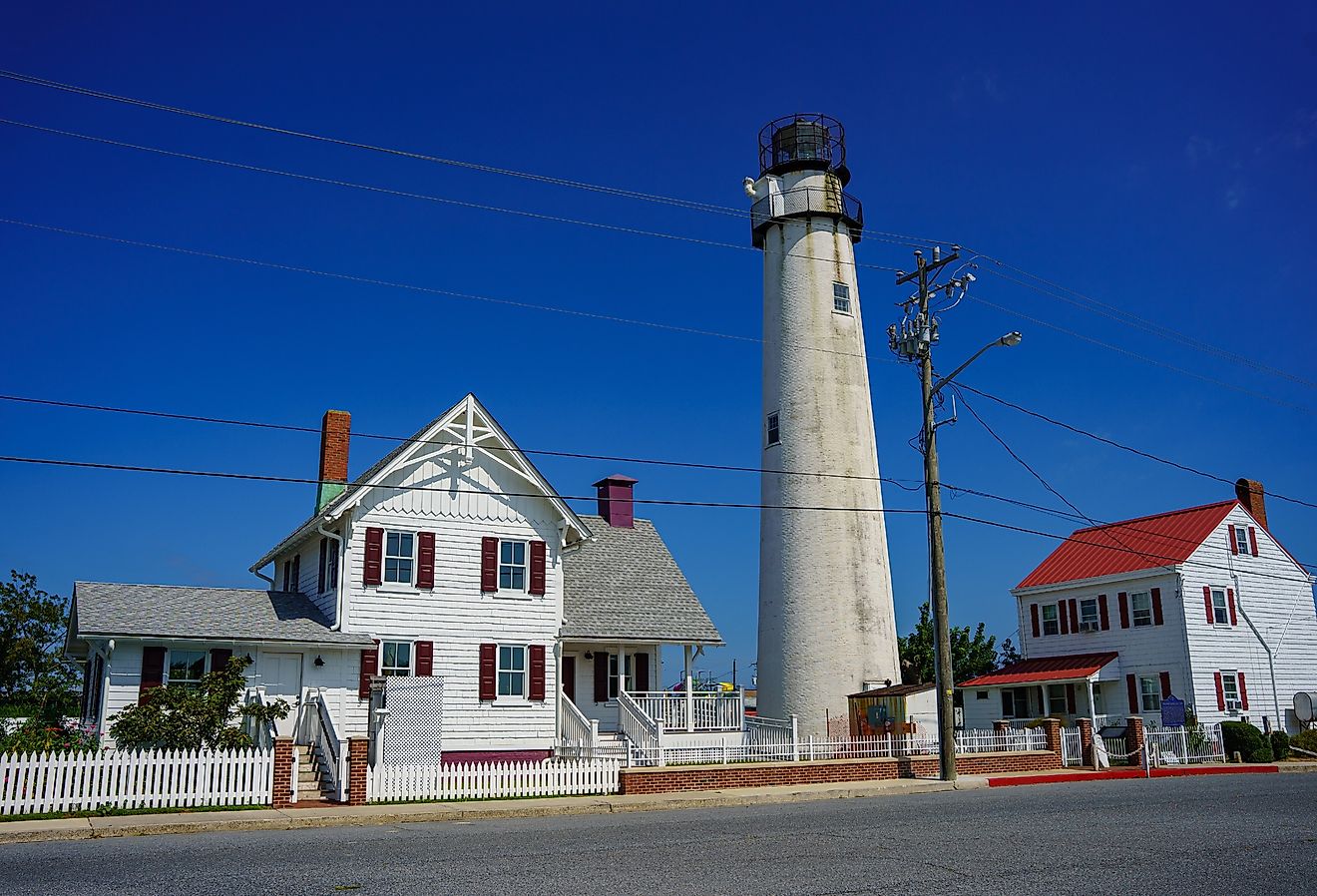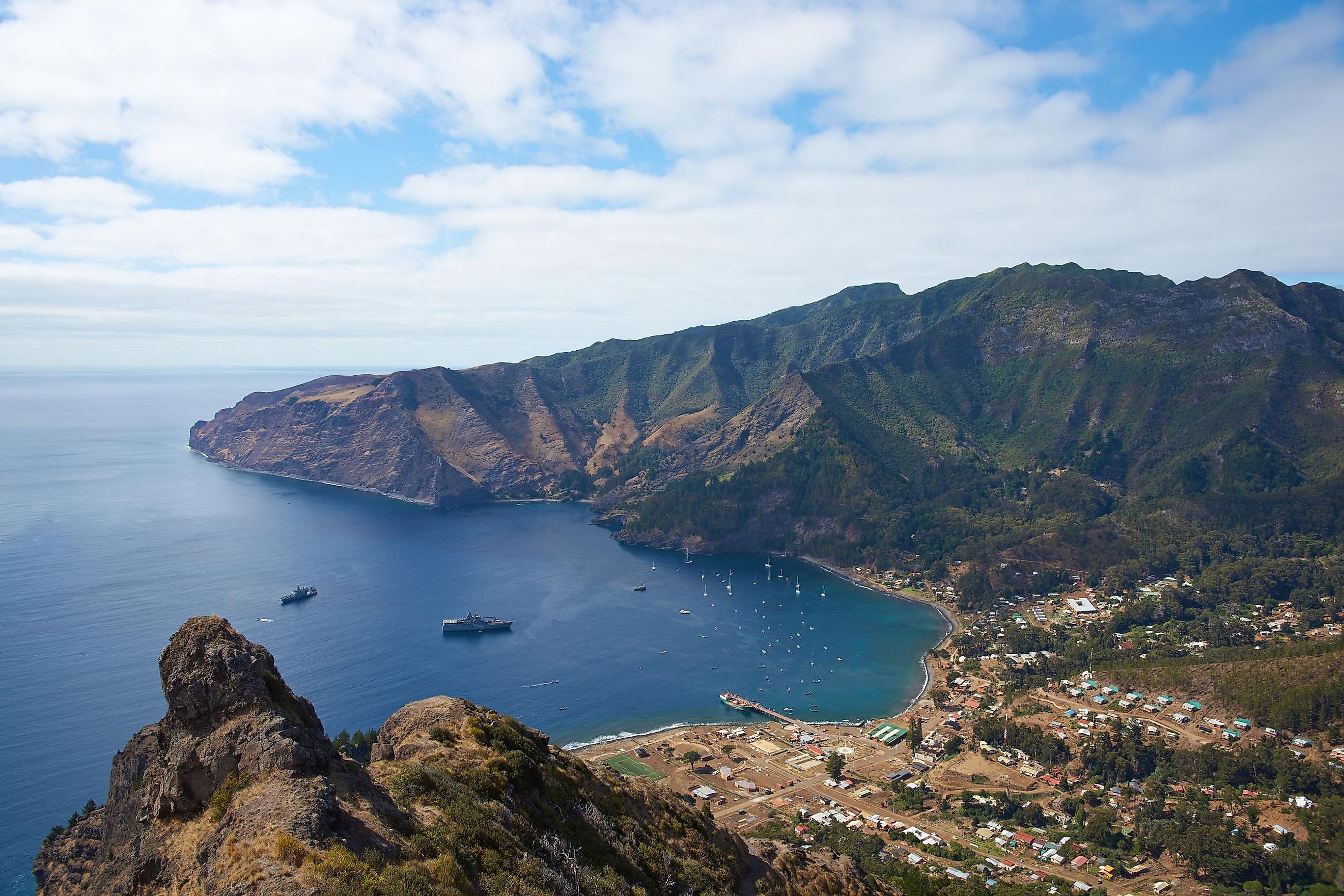
Robinson Crusoe Island
An Island is defined as a mass of land that is surrounded by water on all sides. Covering an area of about 47.94 km2, Robinson Crusoe Island is the second-largest island in the Juan Fernández Archipelago located in the South Pacific Ocean. Robinson Crusoe Island (Isla Róbinson Crusoe) was formerly named “Más a Tierra.” The government of Chile changed the island’s name to Robinson Crusoe Island in 1966. The island was so named since it hosted the marooned sailor Alexander Selkirk for more than four years from 1704 to 1709. It is said that Alexander Selkirk’s tale inspired the English author Daniel Defoe for penning his novel, Robinson Crusoe.
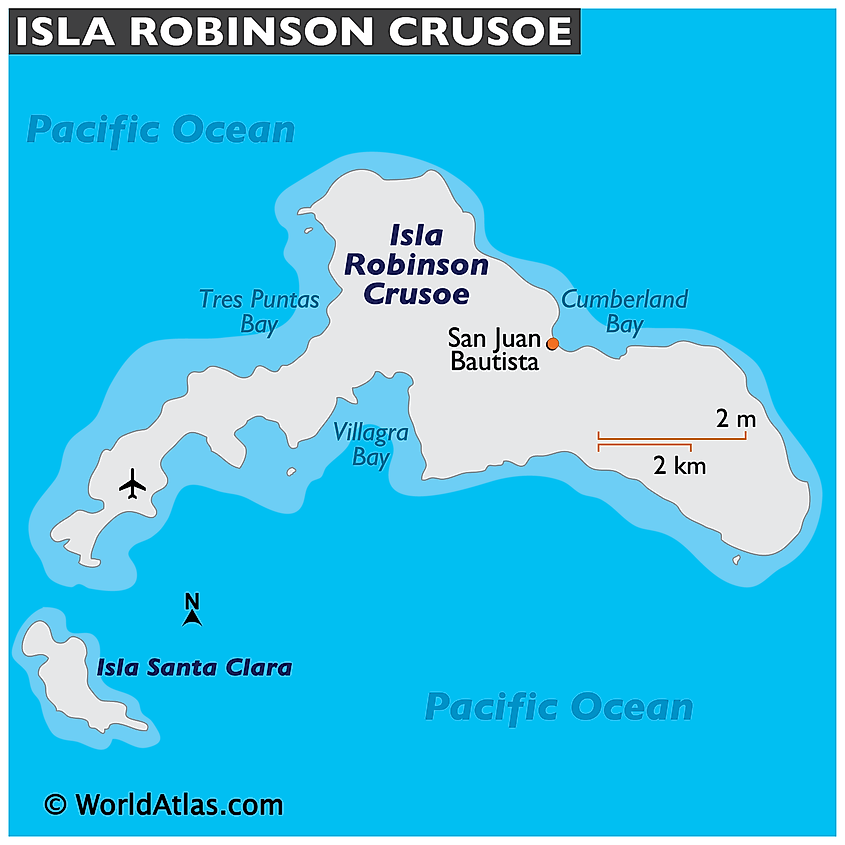
The Juan Fernández Archipelago is composed of three volcanic islands: Alejandro Selkirk Island, Robinson Crusoe Island, and the much smaller Santa Clara Island. Robinson Crusoe Island is located about 670 km to the west of the Chilean city of San Antonio.
Geography
Robinson Crusoe Island features a rugged mountainous terrain that has been formed due to the ancient lava flows added by numerous volcanic activities. El Yunque is the island’s highest point, rising to an elevation of only 915 m. Many steep valleys and ridges have been formed on the island due to severe erosions. Cordón Escarpado is a narrow peninsula that is situated in the island’s southwestern portion. Among the islands of the Juan Fernández Archipelago, Alejandro Selkirk Island and Robinson Crusoe Island are the only inhabited ones and Robinson Crusoe Island is the most populous in the archipelago. Most of the island’s population resides in the coastal village of San Juan Bautista, which is situated at Cumberland Bay on the island’s northeastern coast.
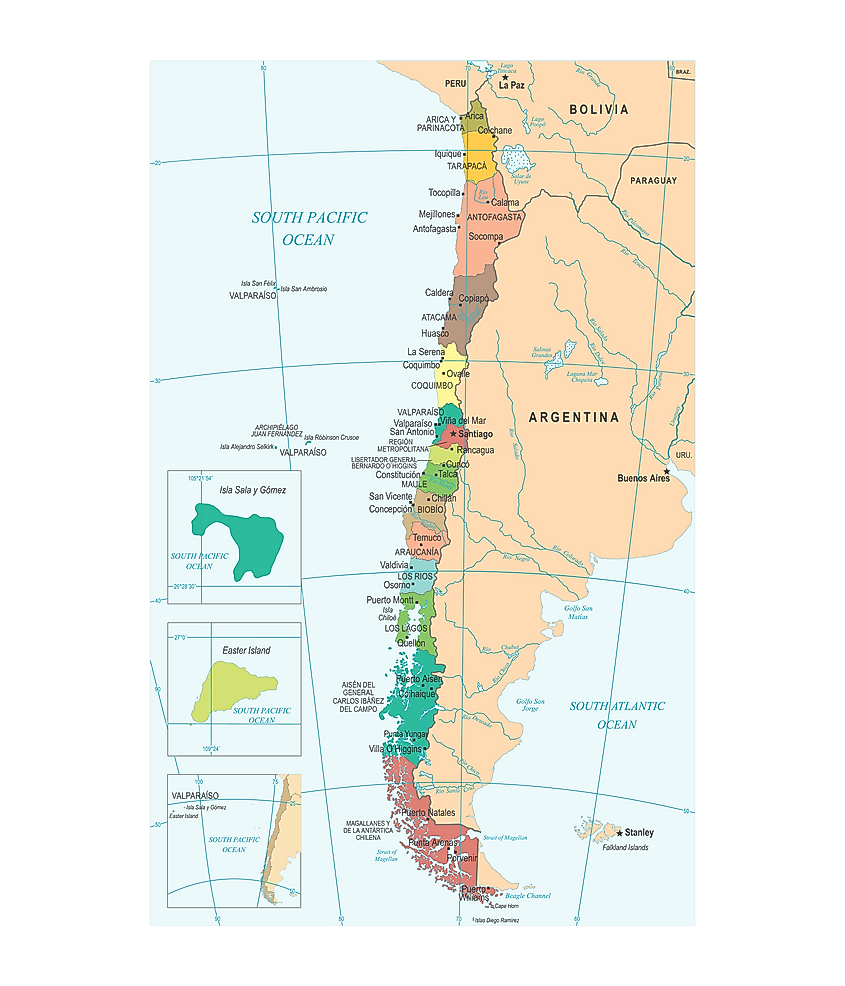
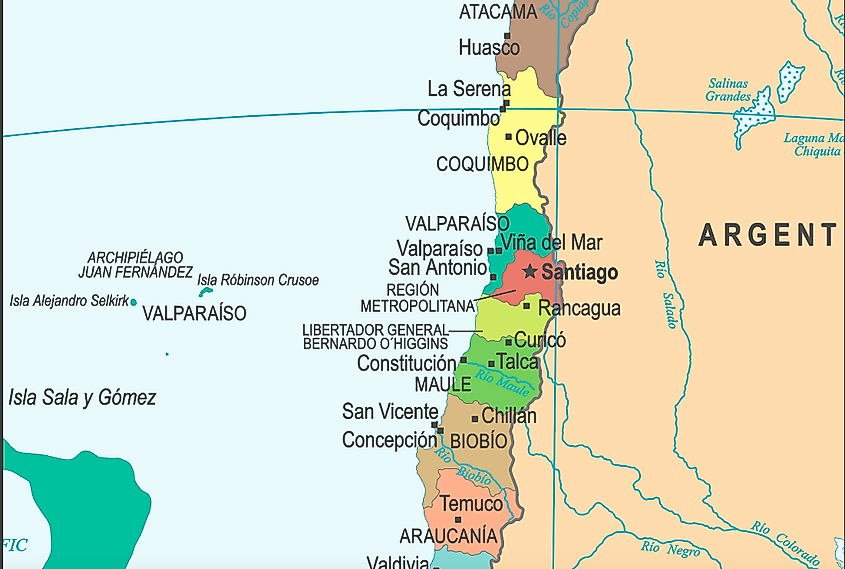
This mountainous island experiences a subtropical climate that is in turn moderated by the cold Humboldt Current, which flows in the island’s eastern part. The average temperature on the island varies between 3 to 34 °C, and the annual mean temperature is about 15.4 °C. The island receives a heavy amount of rainfall during the winter season and the higher parts of the island experience occasional frosts.
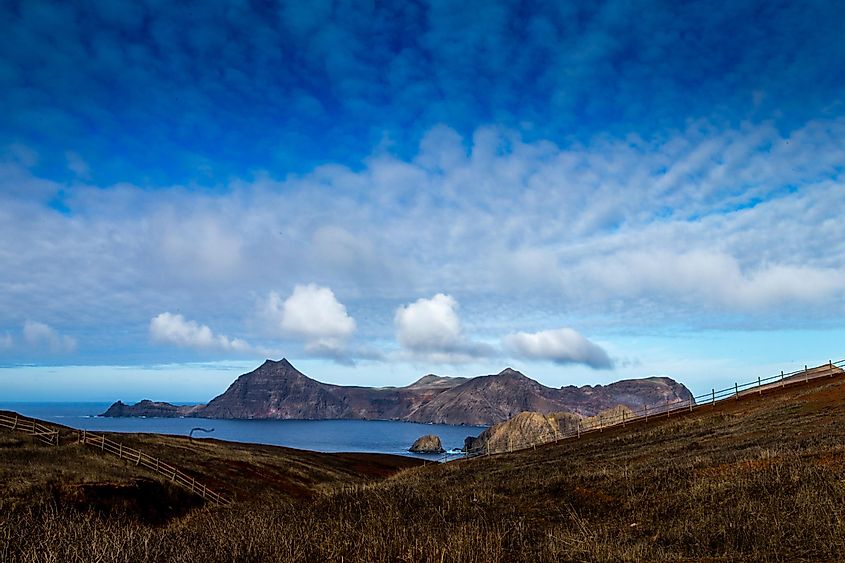
Brief History
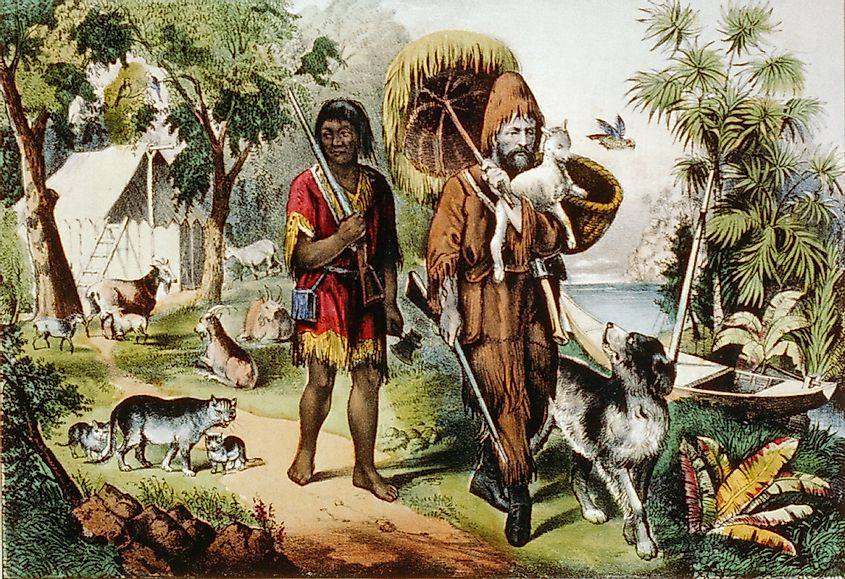
Robinson Crusoe Island was originally named Juan Fernandez Island after a Spanish captain who first landed on this island in 1574. The Royal Navy officer Alexander Selkirk was marooned here by his captain and lived all alone for more than four years from 1704 onwards. As per the descriptions in the book Two Years Before the Mast, the island was used as a prison center but was subsequently abandoned. In the late 19th century, the island became a permanent colony. On February 27, 2010, a massive tsunami struck the island after an 8.8 magnitude earthquake. Several residents of the island were killed and major parts of San Juan Bautista village were washed away by the 3 m high waves of the tsunami.
Wildlife
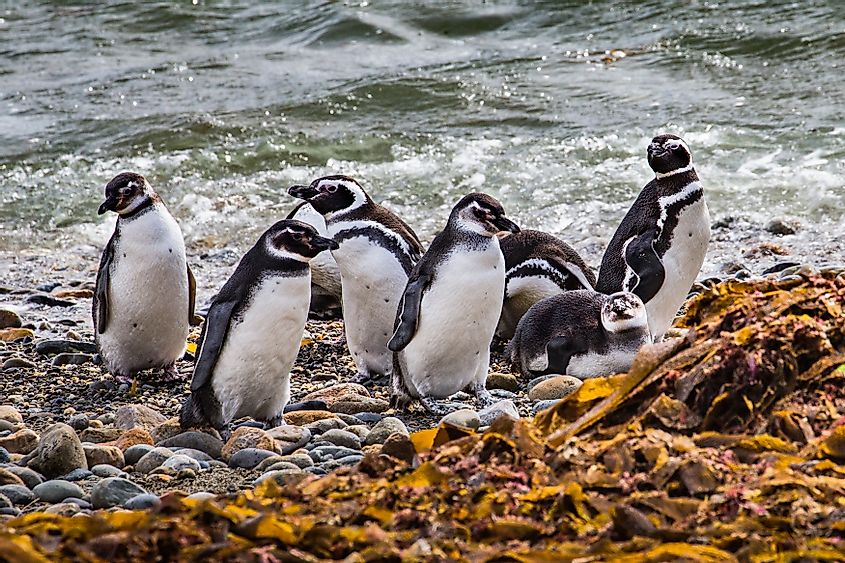
The islands of the Juan Fernández Archipelago are amazing floristic regions and are regarded as parts of the Antarctic Floristic Kingdom as well as the Neotropical Kingdom. Robinson Crusoe Island also hosts an exceptional amount of plant biodiversity and supports more than 343 native plant taxa, of which about 132 plant species are endemic. Lactoris fernandeziana is a flowering shrub that is endemic to the island’s forests. Along with the small Santa Clara Island, Robinson Crusoe Island has been identified by BirdLife International as an Important Bird Area and supports many birds like the critically endangered Juan Fernández firecrown, the Juan Fernández tit-tyrant, Masatíerra petrel, the pink-footed shearwater, and the Magellanic penguin. About 230 insect species have also been recorded from the island. A World Biosphere Reserve since 1977, Robinson Crusoe Island has immense scientific significance due to its large number of endemic floral and faunal species.
